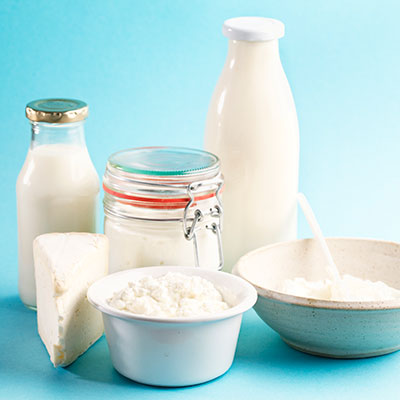

In the past, whole milk was considered unhealthy because of its saturated fat content, but recent research does not fully support this recommendation. There is emerging experimental data to indicate that eating moderate amounts of saturated fat does not directly cause heart disease ( 14, 15). In recent years, this recommendation has been called into question. For this reason, the guidelines recommend consuming only low fat or skim milk ( 4, 13). As a result, official guidelines instructed people to reduce their saturated fat intake ( 12).Ī cup (237 mL) of whole milk contains 4.5 grams of saturated fat, which is about 20% of the daily amount recommended by the 2020-2025 Dietary Guidelines for Americans. In the 1970s, public policy was adopted based on this assumed connection between saturated fat and heart disease. However, there was no experimental evidence to prove that this was true ( 12, 13). Mainstream nutrition recommendations advise limiting saturated fat because it can increase cholesterol levels, which is a risk factor for heart disease ( 11).īased on this information, experts made the assumption that saturated fat must increase the risk of heart disease. Whole milk contains more fat and calories than skim milk.įor years, nutrition guidelines have been instructing people to avoid whole milk, mainly due to its saturated fat content. The major difference between the types of dairy milk available is fat content.

So if you’re looking for higher omega-3s per serving, check to make sure you’re buying grass fed milk ( 8, 9, 10). However, this distinction is mostly seen in “grass-fed” milk, which is almost always organic anyway. The more fat a cup of milk has in it, the higher its omega-3 content ( 7 ).Īdditionally, studies have shown that organic whole milk contains an even higher amount of omega-3s than regular whole milk. However, because most milk manufacturers add vitamin D to milk, each variety generally contains a similar amount ( 6).Īnother significant nutritional difference between milk varieties is the amount of omega-3 fatty acids, a type of fat that has been linked to many health benefits, including improved heart and brain health, as well as lowered inflammation. Though each type of milk contains a similar amount of micronutrients, the amount of vitamin D can differ slightly. The conclusion? While skim milk probably won't ruin a recipe, whole milk and even 1 percent milk will make the recipe that much better.Since fat contains more calories per serving than any other nutrient, milk with a higher fat content is higher in calories ( 5). Fat is a flavor carrier, which would explain the boost in flavor. Moreover, the puddings made with the higher-fat milks were thought to taste more chocolatey and decadent, with the whole milk pudding having a distinct velvety mouthfeel.

The pudding made with skim milk was not by any means a disaster, but it was nowhere near as rich and creamy as the pudding made with either the 1 percent or whole milk. Clearly, this cake needs mik with some fat. Surprisingly, the cake made with 1 percent milk was very similar in tenderness to the whole milk cake. Tasters found the cake made with skim to be dry and tough and the cake made with whole milk to be moist and tender. That's good news: You can use whatever you have in your fridge. While a couple of very particular tasters could pick out the pancake made with skim milk, the majority could not make out much difference between any of the pancakes. Each recipe originally called for whole milk.

But in the end, does it really matter? Could the average palate detect a difference, or are they pretty much interchangeable? We decided to test whole milk (which is 3 1/2 percent fat), 1 percent milk, and skim milk (which must contain less than 1/2 percent fat) in three recipes: pancakes, yellow layer cake, and chocolate pudding. We've all seen those recipes (including our own) that specify what kind of milk to use: whole, low fate, nonfat.


 0 kommentar(er)
0 kommentar(er)
